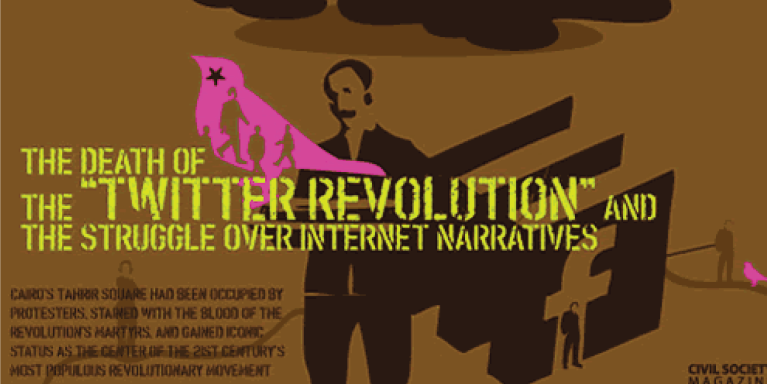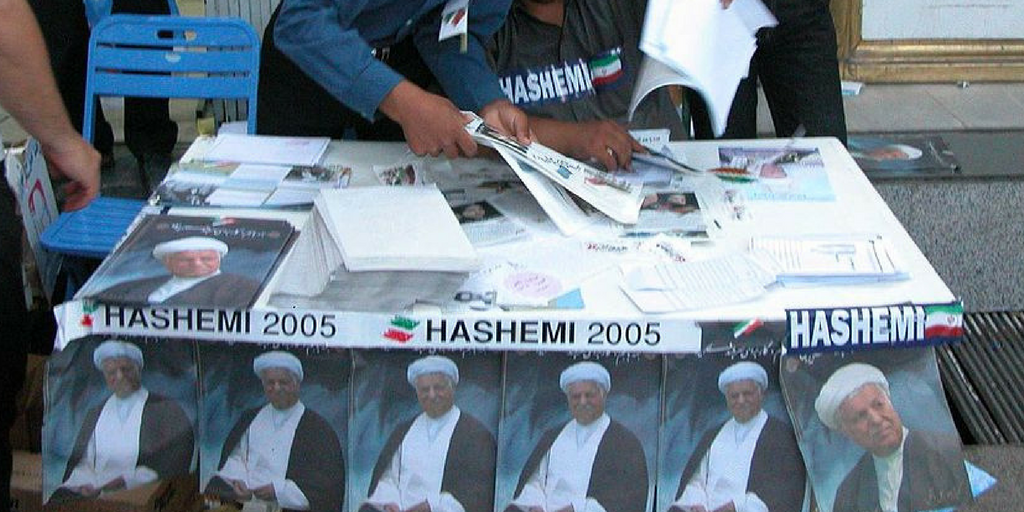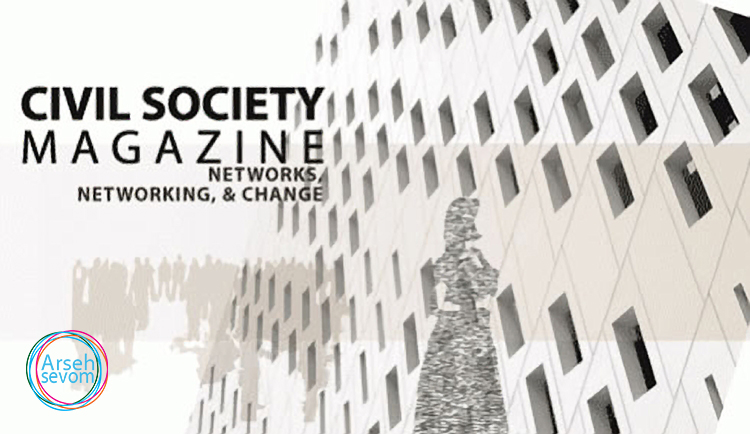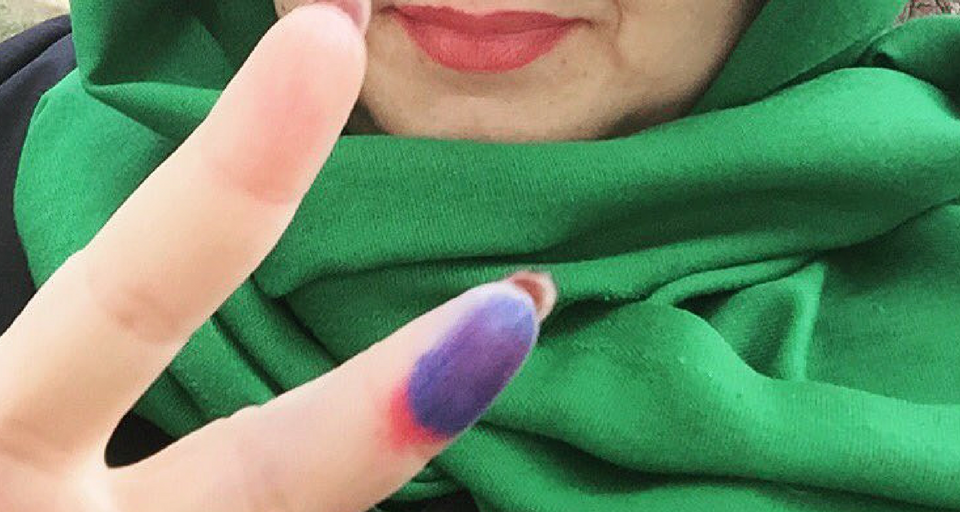
The Death of the “Twitter Revolution” and the Struggle over Internet Narratives
March 15, 2011The death of the “twitter revolution” and the struggle over internet narratives
March 17, 2011
Ahmadinejad Rises; Civil Society Suffers
After an unsuccessful reform movement, the country seemed to have reverted back to its early revolutionary period. Ahmadinejad’s presidency proved antithetical to social movements. Ahmadinejad was among the volunteers who had joined the ranks of the Islamic Revolutionary Guard Council (IRGC) in 1986 to fight in the Iran-Iraq War. A former Sepahi (IRGC), Ahmadinejad is a staunch revolutionary with a mission to defend the Islamic revolution from its enemies inside and outside of the country. These enemies can easily be found, according to the president and his supporters–better known as Osulgarayan (the principalists)–among students and civil-society activists, especially women’s-rights activists, who directly challenge Islamic law (sharia). His platform during his fierce campaign for the presidency did not include a stance on gender inequality; unlike other presidential candidates, he made no effort to target women voters specifically. (22)
Shortly after the elections, Ahmadinejad declared his vision for Iranian society and its nascent movements. Blending nationalism and religious fervor, he made bold statements about the need to become a self-sufficient Islamic country with nuclear energy. Framing this issue as a nationalistic goal for the Islamic nation of Iran, Ahmadinej ad identified internal opposition to his plans as “threats to national security.” (23) When women’s-rights activists gathered to commemorate the first anniversary of 22 Khordad in Haft-e Tir square in the heart of Tehran, more than 30 were arrested by the police, charged with making threats to national security and interrogated by the Ministry of Information.
Violent Suppression of Non-Violent Protesters
The women’s division of the police used violence and coercion to suppress the peaceful demonstration in 2006. Pictures were taken and immediately posted on various weblogs and news sites. Simin Behbehani, the well-known poet, told foreign reporters how she was tasered and beaten along with others who had refrained from physical confrontation with the police. ILNA reported that the head of the judiciary, Alireza Avaayi, had declared that the organizers were legally required to acquire permission from the authorities. The organizers cited their constitutional right (principle 27) to peacefully demonstrate as citizens as long as the demonstration does not oppose Islamic values and no one bears arms. Shirin Ebadi, the Nobel Peace Prize laureate of 2003, filed a legal complaint against the excessive use of force by the policewomen–especially assigned to this case–against unarmed Muslim women who had gathered to peacefully demand equality under the law.
Seven Demands
Although the activists did not get a chance to read their demands, a complete list was posted on blogs and widely distributed on the Internet. (24) In their announcement, titled “100-year-old demands,” the activists appealed to the Iranian state to grant security to Iranian women inside their homes, in their professions and in the greater society. The activists stressed that their nonviolent struggles for women’s equality since the constitutional revolution (1907) have always been within their “senfi” parameters. “Senf” literally means trade/ guild/class; the equivalent of senf union is trade union. By referring to themselves as a senf, these activists are invoking a historical tradition, ranking themselves as a class of workers whose demands are independent of political factions. There were seven items on their list of demands:
1) an equal right to divorce;
2) the outlawing of polygamy;
3) equal rights after marriage;
4) the right to child custody;
5) an increase in the legal age for criminal punishment of girls from nine to 18;
6) equal legal rights for witnesses and judges irrespective of gender; and
7) equal employment rights.
If these rights were not granted to all Iranian women–which would require amending the constitution–the activists declared they would continue their nonviolent protests.
Many Arrested
More than 70 people were arrested, including reporters, student activists and union activists along with a former member of parliament and critic of Iranian detention practices, Ali Akbar Mussavi Khoini. (25) According to the eyewitnesses, police used batons and tasers to physically control the protesters, who did not respond with force. The security forces confiscated many of the demonstrators’ phones in order to halt the distribution of images and news from the scene. But eyewitness accounts and images of police brutality leaked out and were widely distributed on the Internet by bloggers and news websites. The reporters’ union issued a letter demanding the release of ten reporters. Jebhe Mosharekat Iran-e Islami (the Participatory Party of Islamic Iran, the main political party of the reformists) issued a statement condemning the violence by the police as illegitimate and unlawful. The violence against the women’s-rights protesters unified a wide range of activists, including those who were initially opposed to the idea of a demonstration.





